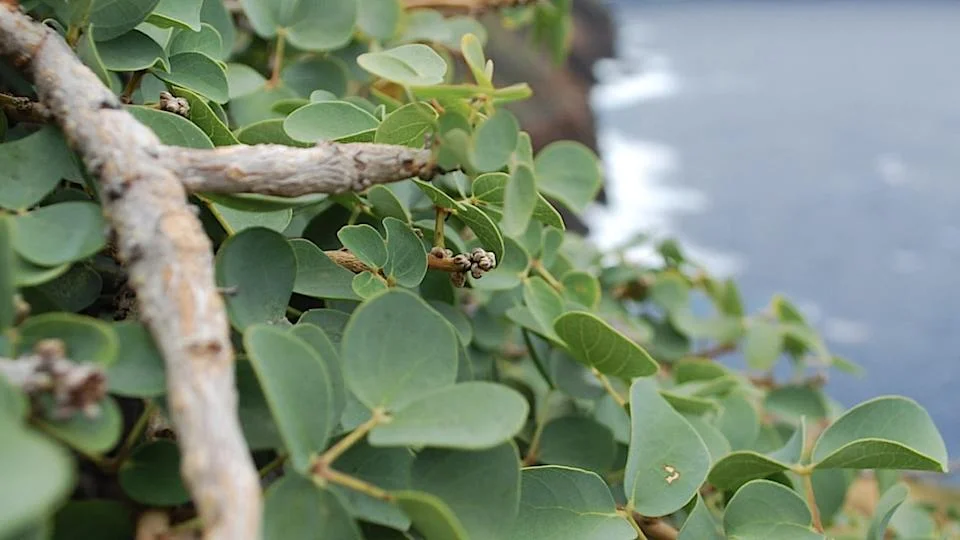
The Extraordinary Return of Ka Palupalu O Kanaloa: A Beacon of Hope
The remarkable resurgence of the critically endangered Ka Palupalu o Kanaloa plant is not only a testament to the tenacity of nature but also a powerful call to conservation action. The plant, which was thought to have vanished from the Hawaiian landscape around the 16th century, has captured the attention of botanists and conservationists alike following its rediscovery in 1992 on the Hawaiian island of Kahoʻolawe. This recovery journey is significant, not only for its ecological ramifications but also for its ties to cultural heritage and community collaboration.
The Hawaii Department of Land and Natural Resources recently highlighted the ongoing efforts of a coalition known as the Ka Palupalu o Kanaloa Hui. This group comprises various stakeholders, including the Kahoʻolawe Island Reserve Commission and the National Tropical Botanical Garden. Together, they work diligently to cultivate and protect the native plant species, increasing its population from just two discovered plants to about 20 today. This joint effort emphasizes the importance of teamwork in conservation endeavors, as Dr. Mike Opgenorth of the National Tropical Botanical Garden noted, "Even the best horticulturist in the world will not have success 100% of the time."
The struggle highlighted in the revitalization of Ka Palupalu o Kanaloa extends beyond ecological concerns; it resonates deeply with the cultural identities of the Indigenous people of Hawaiʻi. The Hui sees the plant's resurgence as a symbol of hope and resilience, representing a flourishing expression of Kahoʻolawe Island's revival. The narrative of recovery intertwined with the island's destructive history—from invasive species and fires to military use for bomb testing—serves as a reminder of the delicate balance humans must maintain with nature.
As Michael K. Nāhoʻopiʻi, the executive director of KIRC, stated, the plant symbolizes "the strength and spirit of Kahoʻolawe itself." This initiative not only aims to restore an endangered species but also to safeguard cultural heritage, promoting biocultural restoration which stands crucial for the Hawaiian community.
Conservation efforts such as this demand a multifaceted approach that can address ecosystems' health, biodiversity, and cultural preservation. The Ka Palupalu o Kanaloa Hui’s new website, launched to spread awareness and inspire action, reflects the growing need for collaboration and dedication in conservation. Only through collective efforts can we hope to protect not just one plant but the broader ecosystems that sustain us all.
Ultimately, the journey of Ka Palupalu o Kanaloa informs us of the interconnectedness of all life forms and the importance of our responsibility towards their preservation. As we move forward, one must ask: What roles can we, as global citizens, play in efforts to protect our planet's precious biodiversity? Join the conversation and share your thoughts!